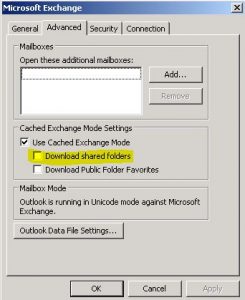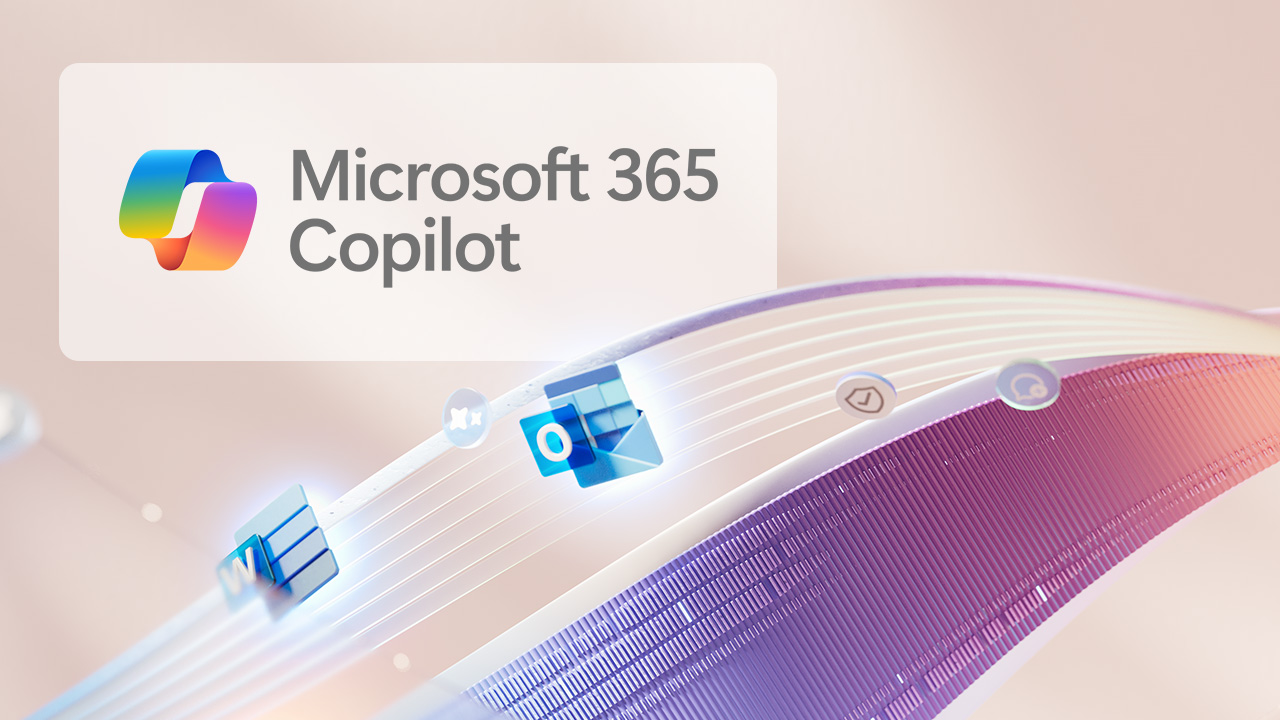How to fix issues synchronising and displaying emails in secondary or shared mailboxes in Exchange Online.
When migrating from Exchange on-premise to Office 365, users can experience issues displaying emails in secondary or shared mailboxes. When their mailboxes were hosted on-premise, users didn’t have this problem, since the Exchange servers were nearer to the users and Outlook could operate in online mode without experiencing the cached mode limitations.
The issue arises when users have access to multiple mailboxes, or mailboxes with many folders, which have been auto-mapped through mailbox permissions. This issue is described in the following Microsoft article, and is due to the 500 folder limit in Outlook .ost files: https://support.microsoft.com/en-gb/help/3115602/performance-and-synchronization-problems-when-you-work-with-folders-in
Microsoft recommends 3 potential fixes for this issue:
- Delete folders to reduce the folder count. This is often not possible since data needs to be retained, or needs to be separated into folders. Or there may just be so many additional mailboxes that it is not practical to have less than 500 folders across all of them.
- Turn off cached mode for shared folders as below. However. since you Exchange servers are now in the cloud, whilst changing this setting will show all of the emails, not only will you be unable to access the emails when offline, but performance will be heavily dependent on network conditions. Frequently this will cause performance problems with Outlook; whilst these shared mailboxes were hosted on an on-premise Exchange server, moving them to the internet can make it too slow to access them in Online mode.
The solution is, therefore, the third recommendation by Microsoft. We recommend that clients skip the first 2 workarounds, and implement this from the start for any power email users who access a number of shared mailboxes. Unfortunately, this will require manual configuration by the end user, so a combination of automapping and manual configuration may be a good compromise.
- Disable automapping for each secondary mailbox as per 2646504 – ‘How to remove automapping for a shared mailbox in Office 365’.
- Add the account as a secondary account into Outlook via the Add New Account dialog box in Outlook. Simply add the email address of the account, as long as you have full access then it will allow you to add the profile.
Note that when diagnosing this issue it is very useful to use the Get-MailboxFolderStatistics cmdlet, which you can use to calculate if the user is near or over the 500 folder limit across all of their mailboxes.
Share this:
- Click to share on Facebook (Opens in new window) Facebook
- Click to share on LinkedIn (Opens in new window) LinkedIn
- Click to share on Reddit (Opens in new window) Reddit
- Click to share on X (Opens in new window) X
- Click to email a link to a friend (Opens in new window) Email
- Click to print (Opens in new window) Print



